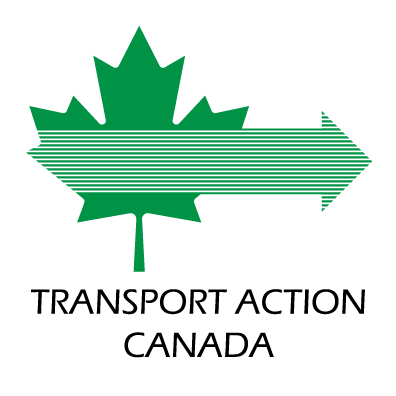Okay, it's been a long time since I last wrote here, but let's try a little round-up:
The main CN rail line should be used for Montréal-Moncton. It would be so much faster. I'm always hoping that the CN discontinues the Newcastle sub. In 2014 the NB government agreed to finance repairs. CN said it will continue operating the line for 5 years (this year) to see if the sub line would be financially viable again, traffic has decreased from the last thing I've read on it. VIA had mentionned in 2012 that they would reroute through to the mainline if it happens.
The only scenario under which a re-route might happen is if CN indeed abandons the Newcastle Subdivision, as VIA is still legally obliged to operate the Gaspé train (it was only suspended due to how much track maintenance had deteriorated) and it seems that the province of Quebec (as the owner) is finally willing
to invest the required scale of funds into their neglected assets. Whatever cost savings you might be able to achieve by re-routing via Edmundston would be lost the moment you restore rail service to Gaspé, as the segment where the Ocean and the Chaleur are jointly operated would be dramatically shortened (I'm actually not sure where the two trains could join/split, as there are no major stations between St-Andre Jct. and Sainte-Foy). Also, you would kill off the
shuttle currently operated by the REGIM during the summer months, which connects passengers connecting from/to the Ocean in Campbellton with the Gaspésie.
So much faster? VIA stopped service on the main line (through Edmonston - at least on the Edmonston to Quebec leg) in the 1970s ... looking back at 1976, the travel time from St-Foy to Edmonston was about 7 hours, and then (after overnighting in Edmonston) it was 5 hours from there to Moncton. Perhaps a couple of hours faster than the current Ocean time. But back in 1976 the Ocean was a couple of hours faster too.
Probably a wash really ... I'd think the loss of service to many communities would be more significant. How many years since there was direct service through Edmonston that didn't require changing trains in Edmonston?
The only instance I could find in any timetable of a night train being routed via Edmundston rather than Campbellton was between October 1967 and January 1970, when CN routed the Ocean (and the through-sleeper to Sydney) over its mainline (the Scotian and the Chaleur maintained service via Campbellton):


Source:
CN timetable (effective 1969-10-26)
In January 1970, the Ocean was routed back onto its regular route and service on the CN main line was replaced with a Montreal-Edmundston and a Edmundston-Moncton service, both operated with an RDC and only an overnight connection in Edmundston:

Source:
CN timetable (effective 1971-02-01)
Through service from Edmundston beyond Charny/Sainte-Foy/Quebec ceased in October 1971 and both services were grandfathered by VIA Rail, which abandoned service west of Edmundston in October 1979 and between Edmundston and Moncton in November 1981:

Source:
VIA Rail timetable (effective 1979-06-17)
In June 1984, passenger service to Edmundston was restored as a tri-weekly remote service from Moncton, which became one of the countless victims of the big
January 1990 bloodbath:

Source:
VIA Rail timetable (effective 1989-04-30)
This means that the
Napadogan Subdivision has not seen any scheduled passenger service for almost 30 years, while the connection CN built to let the
Pelletier Subdivision terminate at St-Andre Junction rather than Joffre yard has yet to see a single passenger service. You can therefore bet that you would require capital expenditure to upgrade the mainline to passenger standards and I wouldn't count on the provincial governments to provide funding to bypass some of their main tourist regions...
Rivière-du-Loup to Moncton is about 11h10 according to VIA and that's with no delays (lol). Going through Edmundston would probably be 6 hours; it's a significant difference. The speed on the Newcastle sub is often below 40kmph.
Actually, the Ocean has a surprisingly decent OTP (I estimate that less than 10% of departures scheduled in 2018 arrived more than 90 minutes late), while you want to reroute it onto exactly the kind of rail infrastructure which destroyed the OTP of the Canadian: a single-tracked transcontinental freight corridor - and for no apparent reason, as whatever time saving cutting through New Brunswick's interior might achieve will come at the cost of abandoning most of the current customer groups, while unlocking very limited new ridership potential...
The discussion about Edmundston has taken more time and space than I anticipated, but I'll try to answer to some other points over the weekend...










